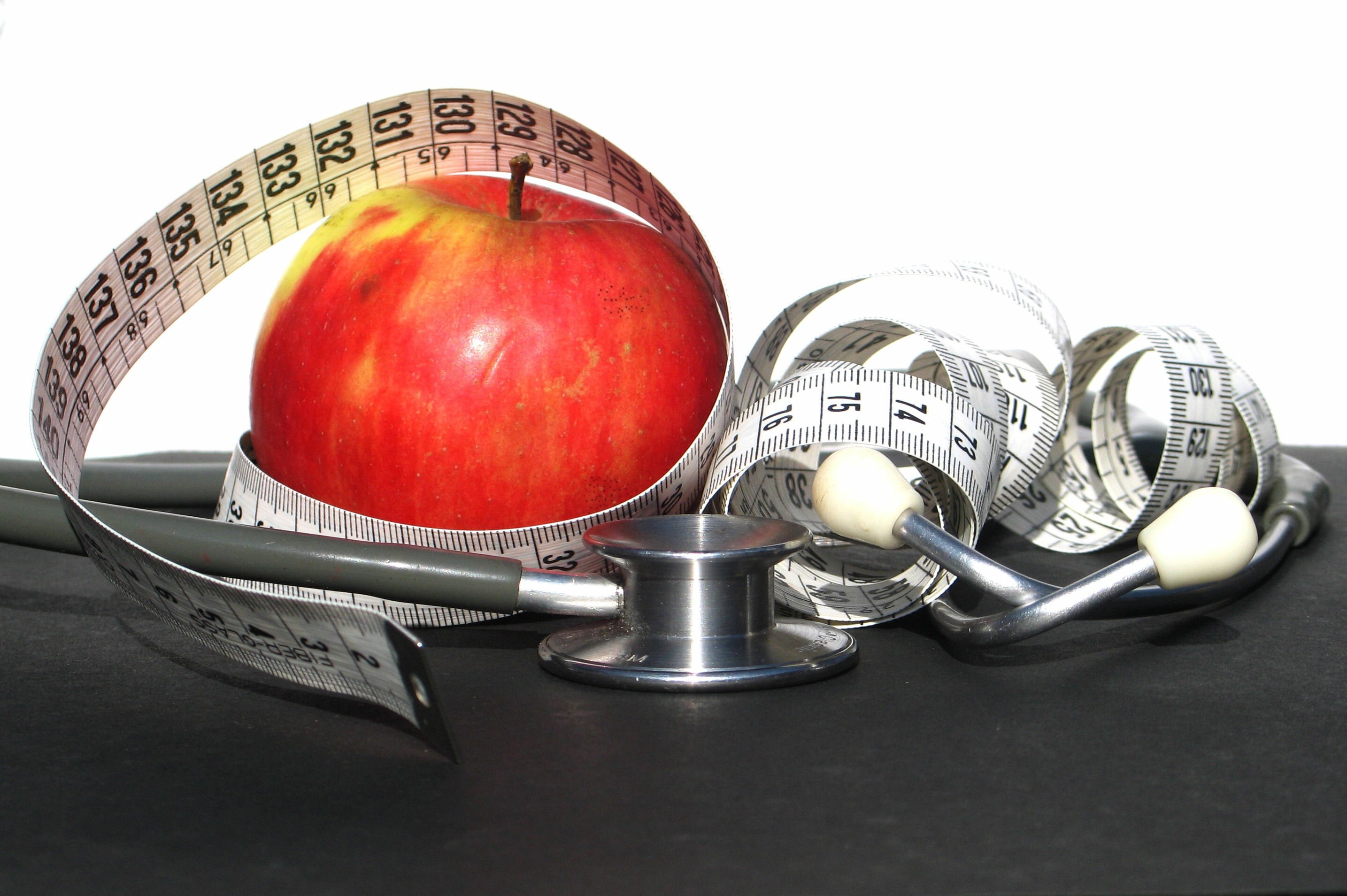Inexpensive plastic water bottles are still on store shelves, in the type of plastic known to leach into the contents. If you caught the documentary called The Disappearing Male, plastic and similar petro-based products would have more meaning. You’d want to avoid it because the plastic degrades, leaching into liquid contents to become xenoestrogen chemicals in our body. They causing estrogen overload and act as hormone disruptors. An internet search still brings up the free online video, with a snippet review of - The Disappearing Male is a most important and least publicized documentary, …. called “hormone mimicking” …. This is well-worth viewing. It brings up the question of what makes a quality water container.
Once you’ve seen the documentary, it’s unsettling to see cases of inexpensive plastic water bottles being purchased, but….. demand makes for supply. There are a number of products in this category, but that’s not the focus of this article. Here we’ll consider the differences in the caliber of stainless steel and other healthy water container options to help with the best container choice for people on-the-go.
Healthier Container Choices
High quality portable containers include stainless steel, glass, containers marked bisphenol A or BPA-free, and HDPE or High-density Polyethylene which is a semi-rigid plastic used in milk jugs. Yes, you do have to wash them regularly and leave them uncapped to air dry. But, you know what you’re drinking from and that plastic by-products are not leaching into the liquid you’ll be drinking.
In the realm of stainless steel there isn’t any one substance called steel. It’s a family of alloys of iron with carbon and various metals added according to its intended purpose. All are not equal, depending on the percentage of the metals used. With the primary element being iron ore which tends to rust, chromium is added to prevent corrosion, along with nickel which is both non-corrosive and provides strength.
18/8 grade, also called 304 in newer terminology, is considered a food-grade stainless steel that is used for all types of dairy equipment. The 300 series designation is listed for cookware as:
Chromium content Nickel content Same as
301 16-18% 6-8% nickel 18/8
302 17-19% 8-10%
304 18-20% 8-10.5% 18/8
316 16-18% 10-14% 18/10
The mechanical properties of the 300 series of stainless steel are all reported to be the same when measuring strength, with differences being the degree of corrosive resistance. 316 provides the least amount of corrosive tendency or pitting from acidic substances, making it the grade used for surgical implants.
When it comes to water containers, the highest quality stainless steel available is 18/8 or 304 gauge. When the container is made of 304 (18/8) grade stainless steel, it’s usually proudly stamped or permanently inked on the outside. But, any stainless steel will pit and corrode if forgotten long periods with acidic content inside, so while it’s said that acidic juices are no problem in a good stainless steel bottle, the easiest way to ruin your metal container is to forget it a few days in the heat with acidic juice inside. Rolling under the car seat can be a deadly experience for your water bottle. . .
Knowing this helps us remember to empty it nightly to at least rinse it out. Care is very important with stainless steel. Warm soapy water is recommended for cleaning although a soft brush is also acceptable if you don’t scratch the inside. Klean Kanteen suggests purifying occasionally with brief use of diluted vinegar and water, approximately 2 times the water to the vinegar measure, also helping to maintain a rust-free container. Putting the empty bottle uncapped in the freezer will usually remove residual odour if you forget a fragrant herbal tea in it.
For those who believe a taste is imparted from metal or poly-based containers, glass containers come complete with nylon protective covers and a carry handle. Pricing is in the $20 range with an array of colours available for the protective case. Being free of BPA, phthalate, lead and PVC content as well as a silicone sleeve free of plastics, makes it 100% non-toxic container for adult users.
Saving the best for the last – containers with built-in filtering technology are now the deluxe version for portable water units. Options for city day-use or travelling or hiking come with varying filter capacities. You can start your research at Katadyn, Seychelle or BW Technologies. My favourite traveller option is through doultonusa.com because their stainless steel portable unit, a gravity filtering system, comes with a ceramic cartridge that incorporates silver within the ceramic structure to inhibit growth of bacteria and enhance sterilization qualities.
Any way we look at it, there are many healthy options today for ease of having your own pure water wherever you go.



